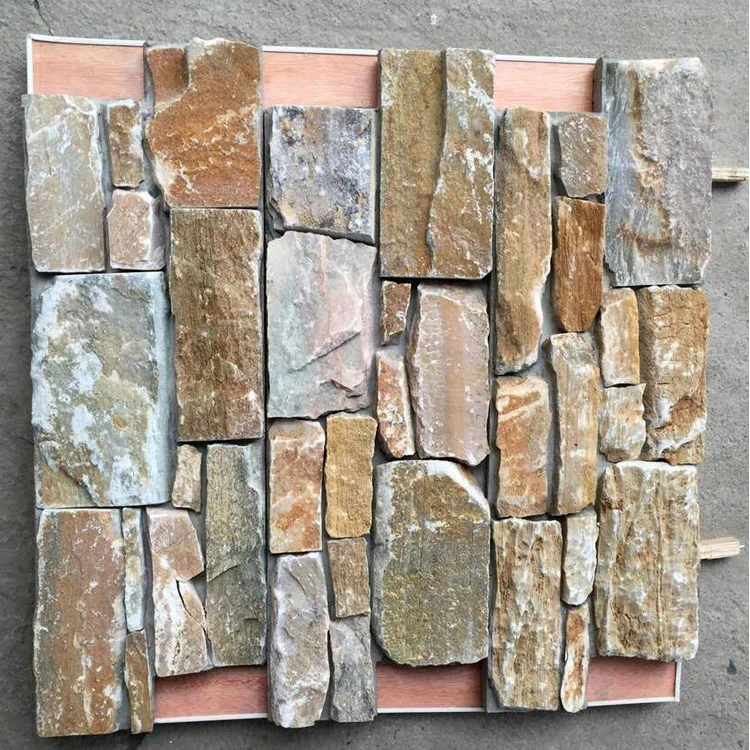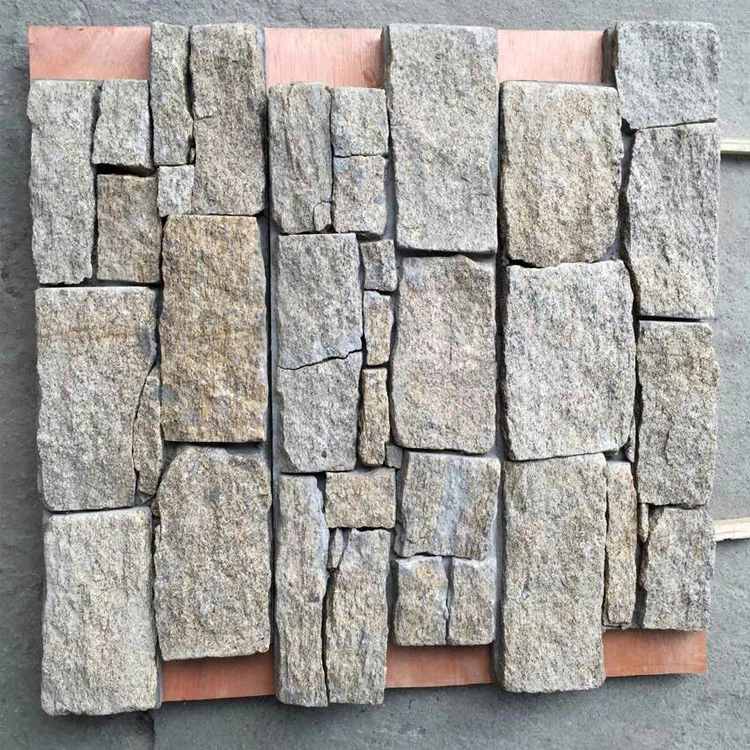
Elevate Your Space with Natural Elegance
Transform your walls, facades, and landscapes with our premium ledgestone – meticulously sourced and crafted to bring nature's raw beauty into your designs. Ideal for both interior and exterior applications, our ledgestone offers the perfect combination of textural depth, timeless appeal, and long-lasting performance.
Why Choose Our Ledgestone?
Authentic Natural Aesthetics – Each piece showcases unique cleft surfaces and earthy tones for organic, dimensional beauty.
Versatile Applications – Perfect for feature walls, fireplaces, columns, and outdoor hardscapes.
Durable & Weather-Resistant – Built to withstand harsh elements while maintaining its stunning appearance.
Easy Installation – Available in glued stacked veneers or back-cement panels for seamless integration.
Sustainable & Eco-Friendly – Responsibly quarried and processed with minimal environmental impact.
What Is A Ledgestone Used For?
One of the most prominent uses of ledgestone is in exterior cladding, where it transforms ordinary facades into striking visual statements. The stone’s layered profile adds depth and texture to building exteriors, making it a popular choice for modern farmhouse designs, rustic cottages, and even contemporary urban architecture. When installed on exterior walls, ledgestone not only elevates curb appeal but also provides durable protection against weather elements. Its natural resistance to wear and tear ensures that structures maintain their beauty for decades, requiring minimal maintenance compared to synthetic alternatives.
Beyond exterior applications, ledgestone is widely employed in interior feature walls, particularly in living rooms, fireplaces, and accent partitions. The stone’s three-dimensional texture creates a dramatic focal point, adding warmth and character to otherwise flat surfaces. In residential spaces, a ledgestone fireplace surround can evoke the cozy ambiance of a mountain lodge, while in commercial settings, such as hotels or restaurants, it introduces an element of organic sophistication. The interplay of light and shadow across its uneven surface enhances the visual depth of interiors, making spaces feel more dynamic and inviting.
Another key application of ledgestone is in landscaping and outdoor hardscaping. Its natural, earthy appearance blends seamlessly with garden pathways, retaining walls, and water features, reinforcing a connection to the surrounding environment. When used in garden walls or terraces, ledgestone provides structural integrity while maintaining an unobtrusive, nature-inspired aesthetic. Its ability to harmonize with greenery and other natural materials makes it a favorite among landscape architects aiming to create cohesive outdoor living spaces.
Ledgestone also finds its place in commercial and hospitality design, where it is often used to craft visually compelling backdrops for lobbies, bars, and boutique retail spaces. The stone’s rugged yet refined look aligns with design trends that prioritize organic textures and biophilic elements, helping businesses create memorable, immersive environments. In upscale restaurants, for example, ledgestone walls can evoke a sense of rustic elegance, while in corporate offices, they introduce a touch of natural serenity.
One of the lesser-known but equally valuable uses of ledgestone is in water features and pool surrounds. Its layered structure complements the fluidity of water, making it an excellent choice for cascading waterfalls, grotto-style pools, and fountain facades. The stone’s natural resistance to moisture ensures longevity in wet environments, while its textured surface provides slip resistance—a practical yet stylish solution for aquatic designs.
Ultimately, ledgestone’s appeal lies in its ability to bridge the gap between raw, natural beauty and functional design. Whether enhancing a home’s exterior, creating a striking interior accent, or integrating seamlessly into landscapes, ledgestone offers a timeless, adaptable solution that transcends fleeting design trends. Its enduring popularity is a testament to its versatility, proving that nature’s artistry remains one of the most powerful tools in architecture and design.


